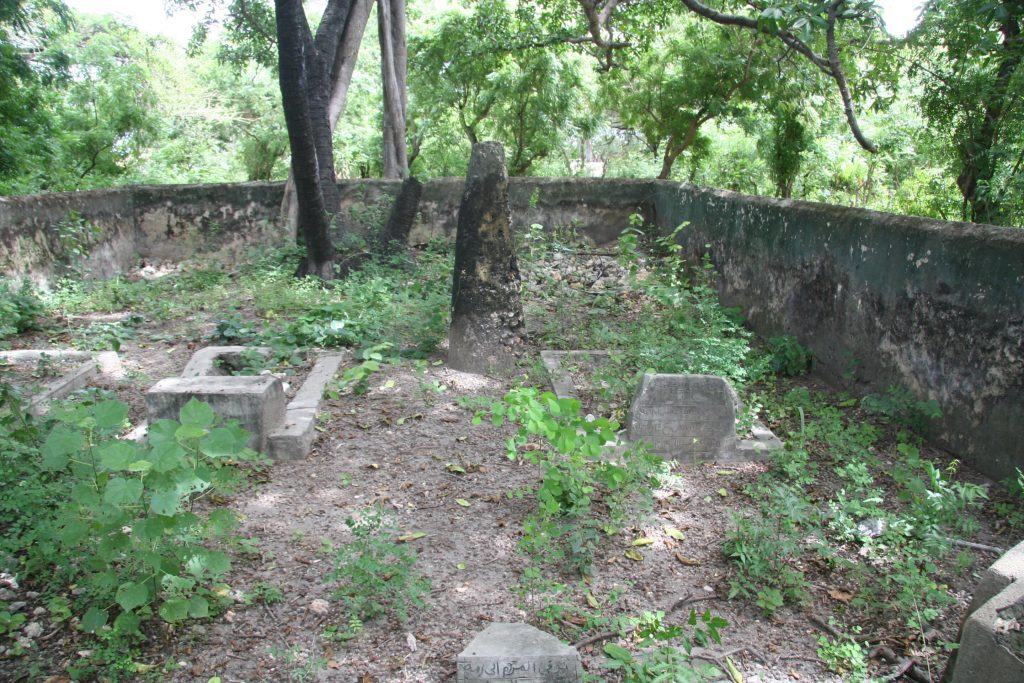
From Kenya to Mozambique, Chapurukha Kusimba, a USF professor of anthropology, dedicated 40 years to studying the ancestry of those who built the civilizations - a debate that many Swahilis feel robbed them of their heritage for centuries.
"This research has been my life's work - this journey to recover the past of the Swahili and restore them to rightful citizenship," Kusimba said. "These findings bring out the African contributions, and indeed, the Africanness of the Swahili, without marginalizing the Persian and Indian connection."
Published in Nature, this work examines the DNA of 80 individuals from as long as 800 years ago - making it the first ancient DNA uncovered from the Swahili Civilization.
As part of his decades-long research, Kusimba, a Kenya native, spent time with the people of Swahili to gain their trust before receiving their approval to complete cemetery excavations. To respect the remains, Kusimba finished the sampling and re-burial process all in one season.
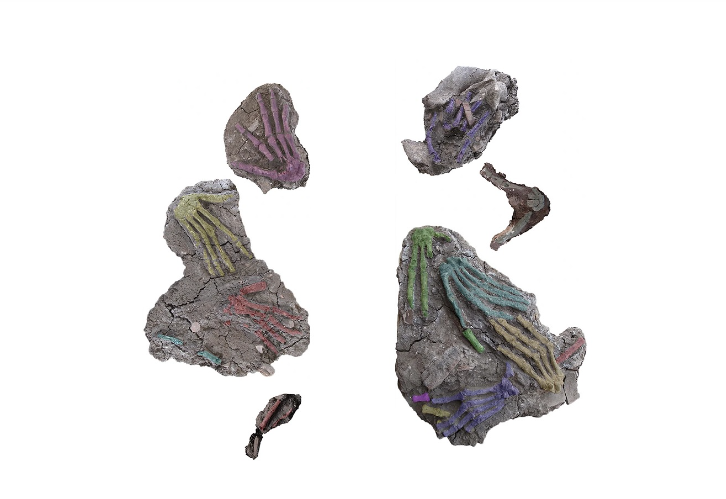

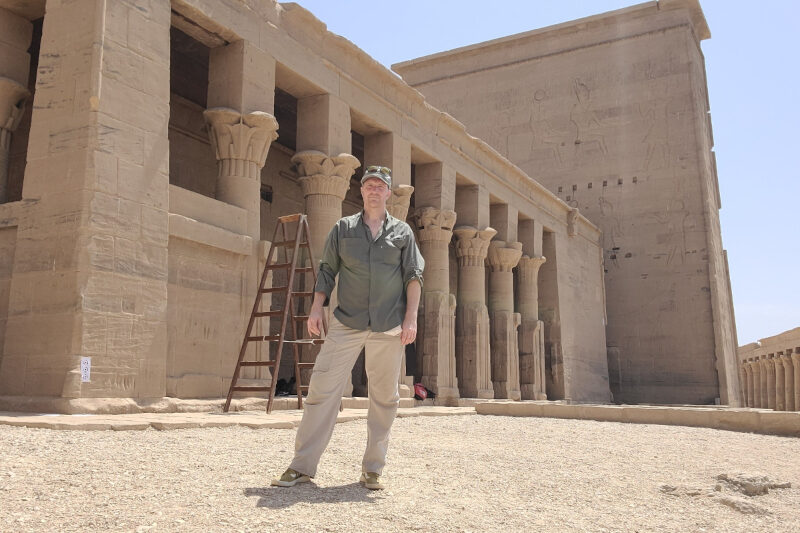

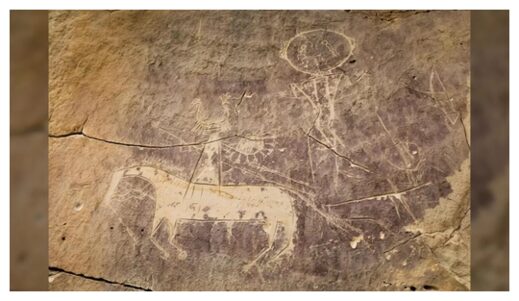


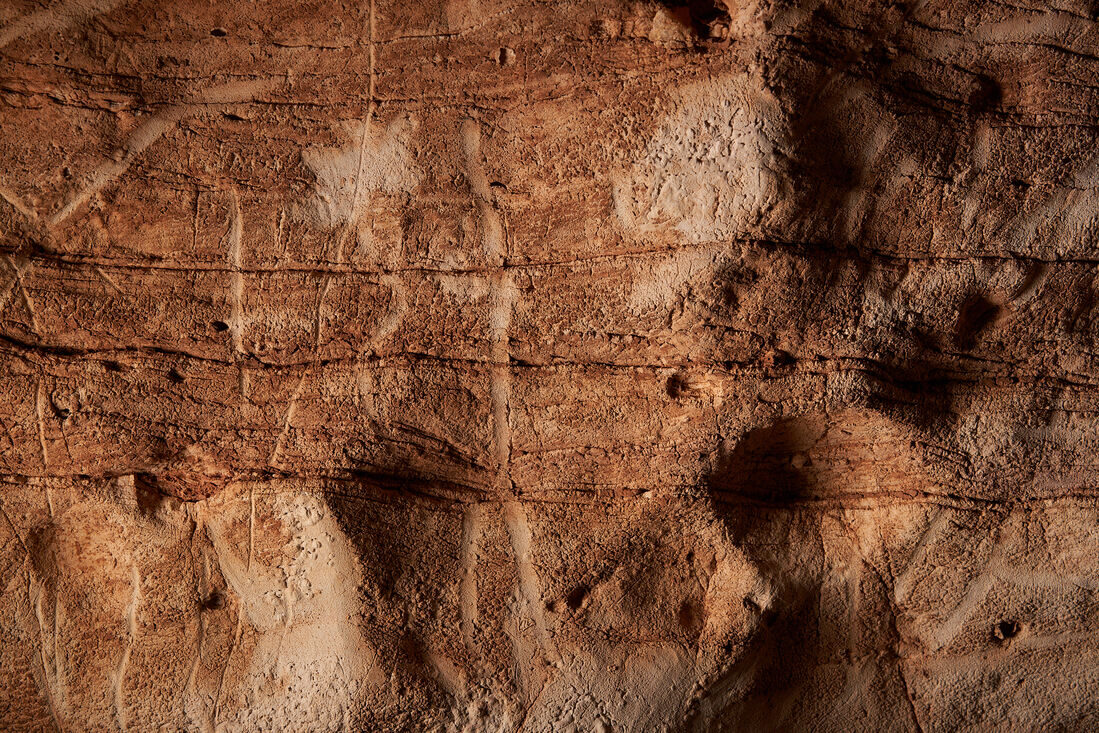
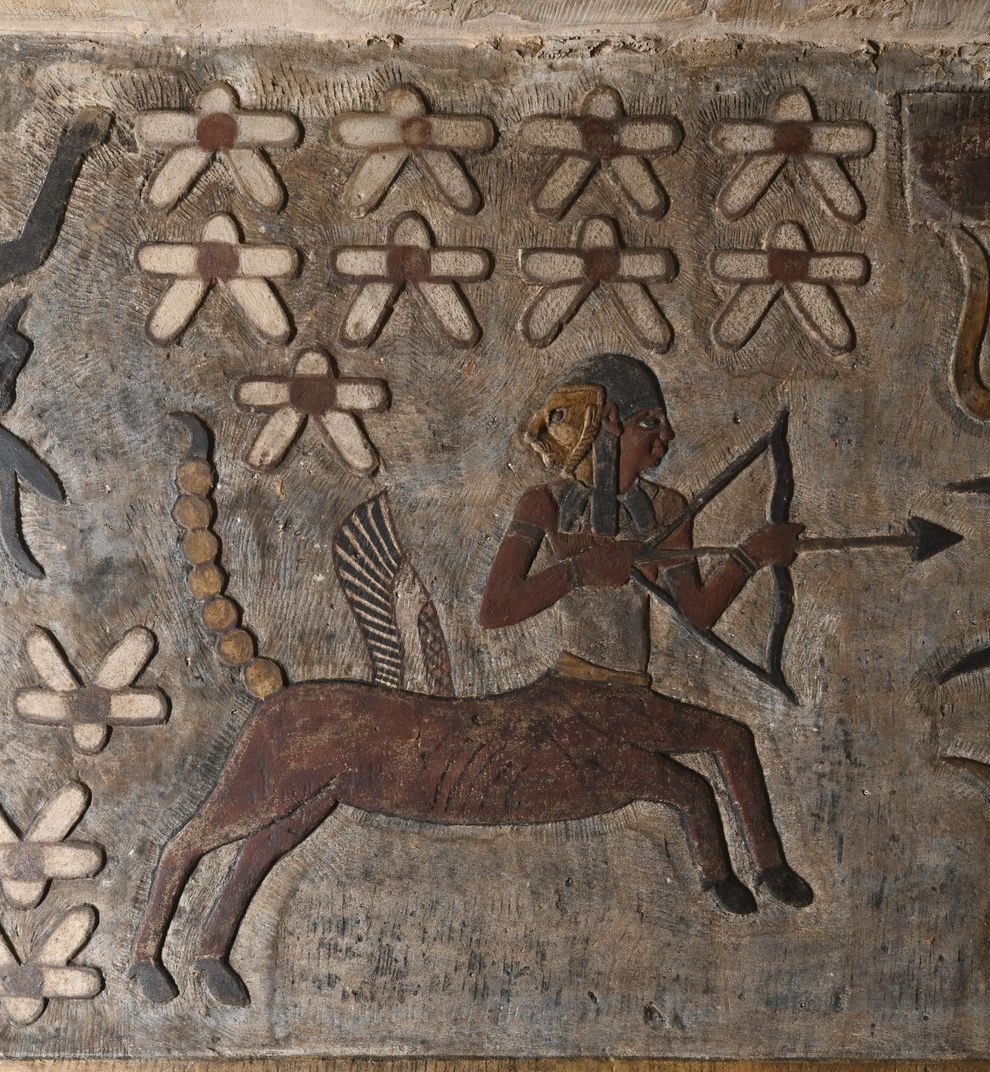
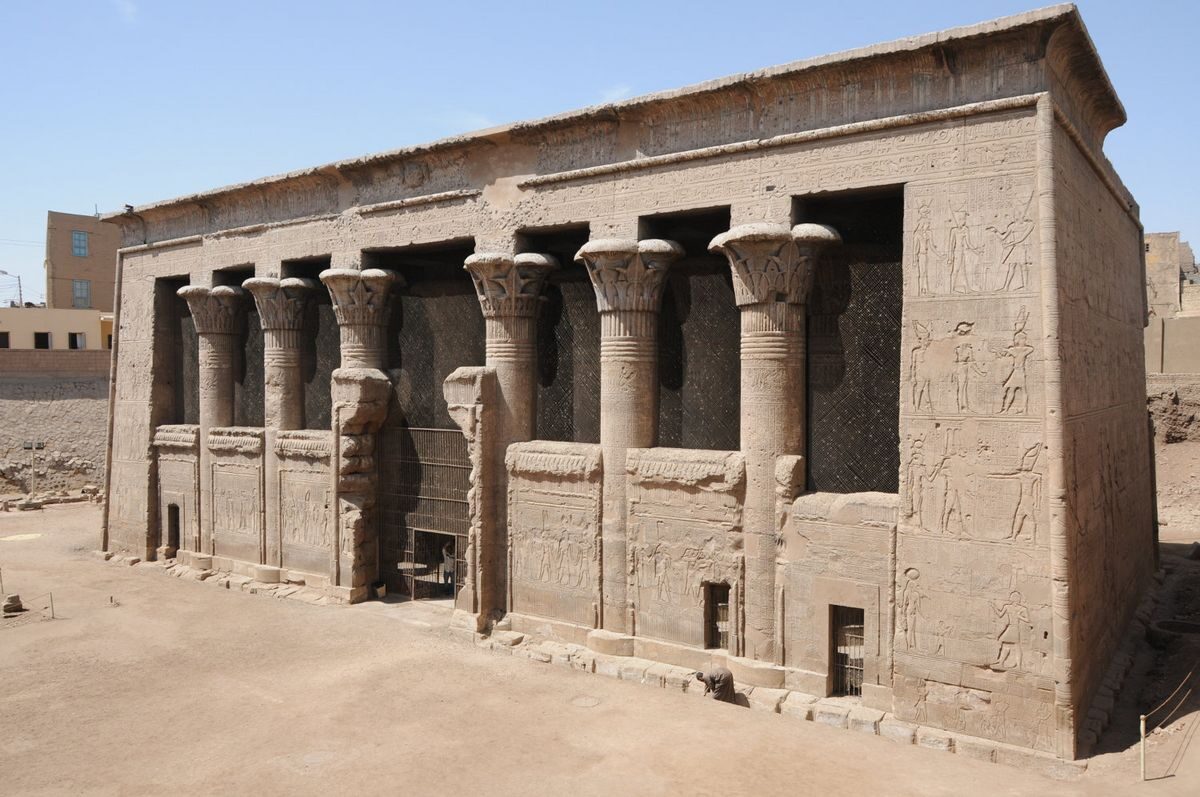



Comment: See also: